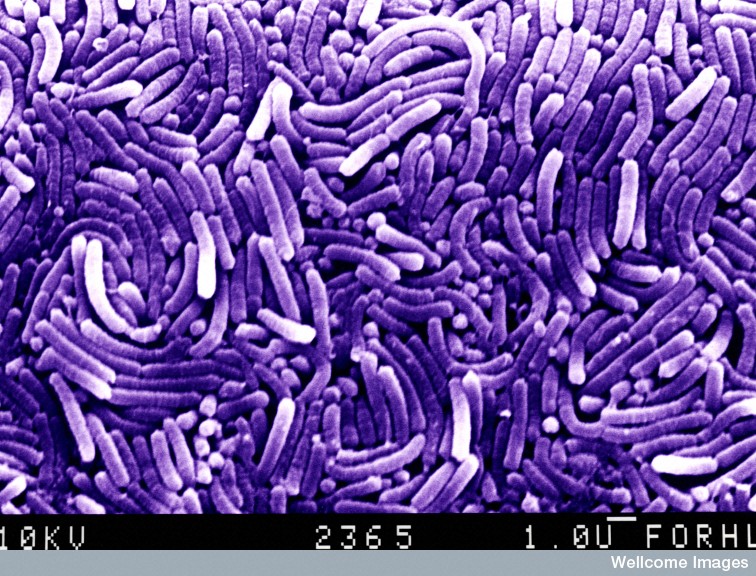Adverse Effects and Interactions
The PPIs are generally well tolerated. Gastrointestinal disturbances (eg. nausea, vomiting) and headaches have been reported. Rebound acid hypersecretion and dyspepsia may occur after stopping long term treatment of PPIs.
Omeprazole and Lansoprazole inhibit cytochrome P450. We have discussed the effects of this action in the last page. It is also worth remembering that omeprazole reduces the antiplatelet affect of clopidogrel. Weigh this information carefully when prescribing.

